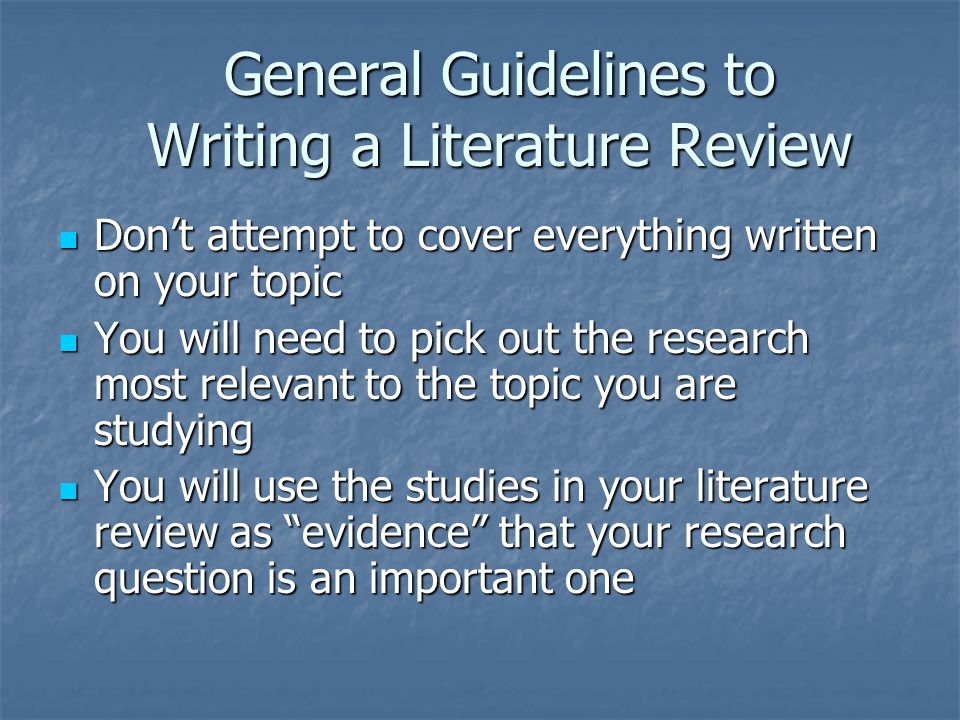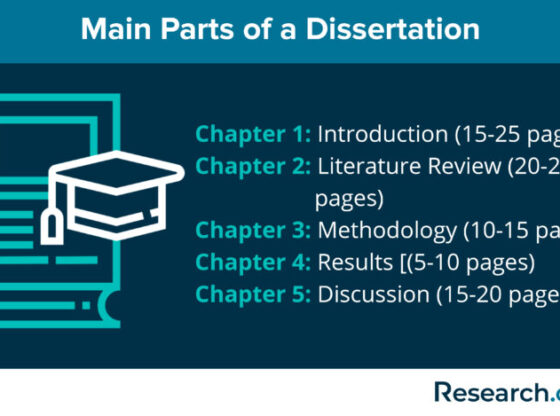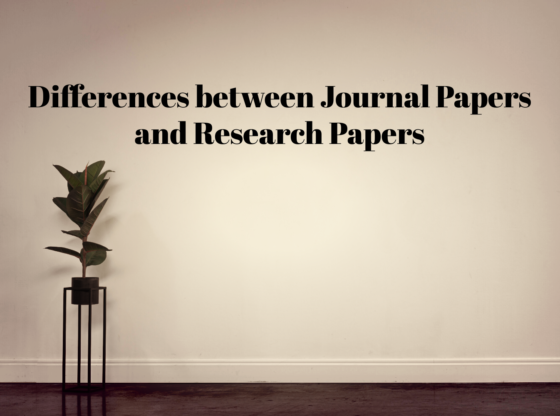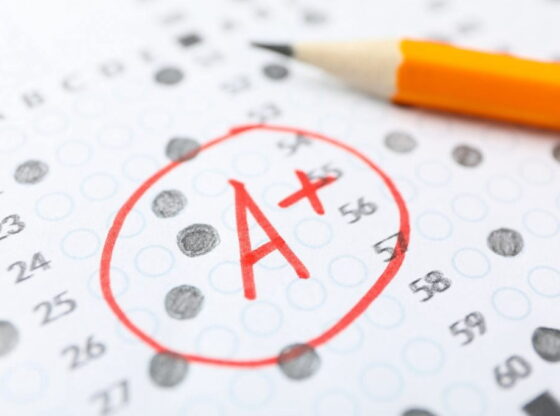Simple Rules for Writing a Literature Review
Writing research papers can prove a tough nut to chew if you are not well prepared for every aspect. Literature review is definitely the sole and most important factor in literature review writing. Perhaps the main reason people often look for the finest & exclusive Literature Review writing services from India is an all-encompassing solution chosen to get things done under expert guidance. So, you should be well aware of the simple rules for writing a literature review in research.
Literature Review—The Meaning
Before discussing the guidelines for writing a literature review, it is crucial to acquire a substantial grasp of the meaning of what a literature review is all about. A literature review is relevant to research on a topic that has already been written and published across a web page or in any research journal. A literature review is done to provide a recapitulation of the knowledge derived from the multiple write-ups and to fill in the gaps in the existing research. Read the guidelines for a literature review in research.
You may Also Like: Research Paper Writing for UGC or Scopus Approved Journals
The Purpose of a Literature Review
If you are updated with the simple rules for writing a literature review, it will stand out. Generally, there are two reasons to write a literature review, and they are as follows:
- A literature review could be written to enable the author to write a thesis, dissertation or research paper for publication in journals or conferences.
- A literature review could also be written as a stand-alone assignment.
For both of the aforementioned purposes, the steps to write a literature review remain the same.
Guidelines for Writing a Literature Review

At the current juncture, how to write a literature review for a research proposal concerns a step-by-step process laid out as follows:
- Step 1: Choose the topic or theme upon which you intend to conduct your research.
The foremost step is to pick the subject matter, which will form your review’s foundation. It could be from any field, depending on your interest and knowledge in that particular field.
- Step 2: Search for literature relevant to the topic you have selected.
After selecting an appropriate topic of your choice, you ought to search for that literature based on your selected subject matter. Out of the selected literature, you will be required to conduct further filtration by selecting the most appropriate one. It is only then that you can proceed towards the next stride.
Reading entirely through all the available literature in detail is certainly a time-consuming activity, and it tends to create an unnecessary fuss. Therefore, you ought to give a quick and summarised reading of all the literature you have collected, consequently enabling you to evaluate the most relevant one of them.
- Step 3: Form a question based on the chosen topic relevant to the literature finally selected.
This step is very well adhered to when the literature review is for a dissertation or thesis, that is, the formulation of a question. This question should necessarily conform to the topic and the relevant literature chosen.
It will be the leading question to guide the research. This shall lay the foundation of your review. When the question is rooted in the dissertation research, the same is answered by collecting original data, unlike a literature review as a stand-alone assignment. For writing a literature review as a stand-alone assignment, the research question must be answered only based on a review of the existing publications.
- Step 4: Critical analysis of the chosen source literature
This stage marks the actual beginning of the literature review writing venture. Expert academic content companies will guide you on following the in-text referencing in the literature review and the entire research work.
The literature, or literature, so selected, requires point-by-point evaluation. It shall qualify the reviewer to draw gaps between the content of the concerned literature and his or her knowledge and thought process concerning the theme.
Critical analysis of a scholarly source involves further sub-steps, and they are as follows:
- Make notes of those sections of the literature that prove to be appropriate for your review.
- Outlining the debatable points of the content of literature;
- Identifying the gaps in the literature according to your knowledge and the probable reasons for the same;
- Try to draw reasonable conclusions based on the gaps identified by you.
Step 5: Create a draft structure for the literature review.
Before beginning to draft your literature review, you should be aware of the various formats into which you can structure your literature review to the best extent possible. There are usually four variations of literature review structures available beforehand. The review can be either in one of the following four structures or a combination thereof, depending upon the topic and the length of the literature review:
- Thematic: If your literature review consists of several interrelated themes, you can arrange your review document into different sections, each of which could be based on those different but interrelated topics.
- Chronological: This is a simple yet apathetic way of presenting your review. Here, developments and trends that have occurred over a range of periods across the topic are highlighted. While using this approach, the person must avoid the bare posting of chronological events and instead focus more on improvising the style of the contents mentioned period-wise.
- Methodological: This approach is put to use if you have picked up more than one source of literature where each of them has used different research methods. Under this approach, you can segregate the topics based on how they have been explained differently in different literature.
- Theoretical: Under this practice, you can discuss and compare the theories based on your knowledge and research.
Step 6: Final writing of the Literature Review
After all of the above prerequisites are fulfilled and going through the simple rules for writing a literature review example, one can finally approach the task of penning down the literature review. Like any other document, it must also have an introduction, a body, and a conclusion. In the meantime, you can also go through some simple rules for writing a literature review in PDF format.
While writing the literature review on your chosen topic in relevance to the chosen literature, you should mention the existing literature’s facts and knowledge. In conjunction with this, you ought to highlight the theories you have pointed out in your research and how that leads to creating a gap or gaps between your research and the existing literature.
Your literature review document must adhere to academic writing standards and excellent grammatical expertise. The University of North Carolina at Chapel Hill thoroughly explains how a literature review should be tuned to be unique, appealing, and worth the standards of international academic standards.
You may Also Like: Tips to Write Quality Research Papers without Plagiarism Issues
Conclusion: Simple Rules for Writing a Literature Review
To learn how to write a literature review for a research proposal, you should undergo careful and serious research to keep away from all sorts of future litigation. Undertaking in-depth research is a task of competence and aptitude. One has to be professionally equipped and mature enough to understand the nitty-gritty of writing a literature review on the chosen topic. In addition, we are also well-equipped with quality resources for offering Dissertation Writing Services.
The selection of an appropriate theme and relevant literature calls for mastery of language and knowledge. Hence, it is paramount for one to follow the necessary guidelines for writing a literature review that appeals to an evaluator for academic appreciation and remains focused on the research procedures.
Related:












